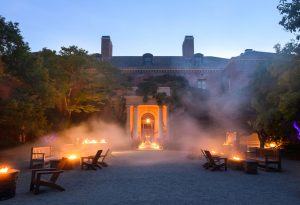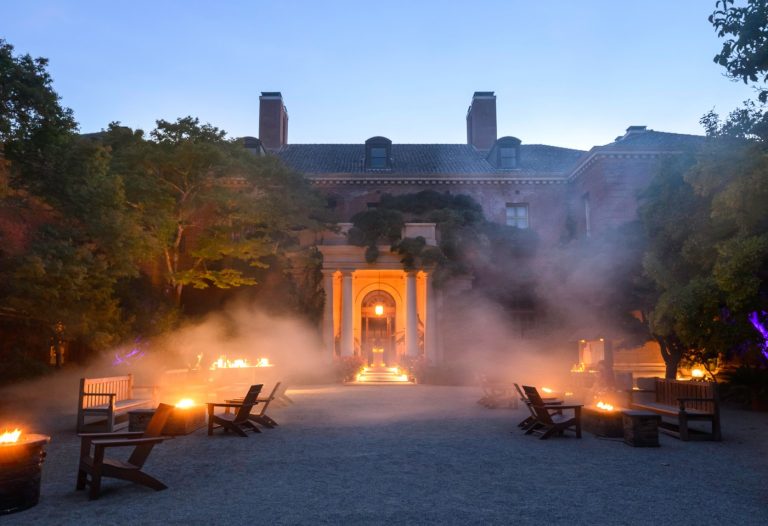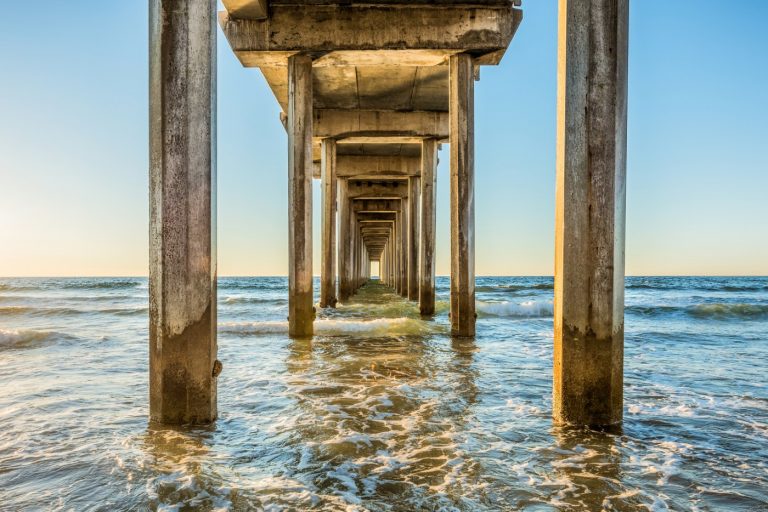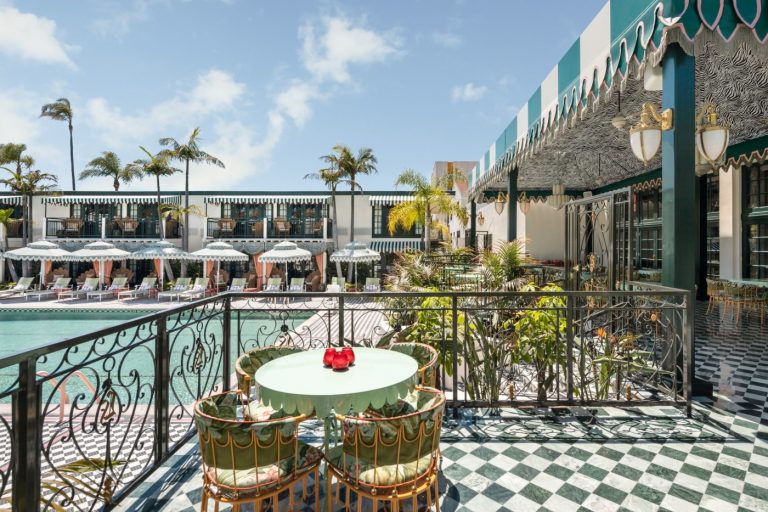COLUSA COUNTY — On the surface, especially during a wet winter, the Willow Bend Preserve looks like a lot of land in the Sacramento River floodplain. A levee meanders along the eastern boundary, taller than trees in neighboring orchards, with water pooled at its western base in two distinct sections. Down the length of the 175-acre property, the river flows by with gusto.
Beneath the water level, though, the preserve distinguishes itself. Seasonal flooding covers grading, plantings and a fish gate from River Partners, the Chico-based organization that restores habitat across California. The Willow Bend wetlands have become a refuge for tiny salmon as they mature into fish strong enough to survive the ebbs and flows of migration to the ocean.
The preserve also provides a home for birds such as wood ducks and vultures, as well as facilitating groundwater recharge and reducing the flood risk for nearby communities.
Friday morning, the site finally accessible after rainstorms closed the roads, Kim Armstrong surveyed the scene. She’s a restoration biologist involved with myriad River Partners projects across the north state, including work at the Oroville Wildlife Area and Bidwell-Sacramento River State Park to boost the population of monarch butterflies. Despite a chilly breeze, Armstrong smiled warmly at the semicircular inlet.
“There are fish on the floodplain,” she said. “It’s working.”
How? Armstrong noted, “The large river channel is full of predators, not a lot of food; it’s really fast, not a lot of places for juvenile fish to hide. So the important part of them getting on the floodplain is the water is a little bit warmer, which increases the productivity of zooplankton, microscopic little guys that the juvenile fish feed on.
“Ideally, we want the water to stay on the property two to three weeks so that the fish can come on, have a lot to eat, and when they go back into the river, they’re bigger, stronger and are able to outrun predators.”
Early indicators are positive. River Partners teams with UC Davis to monitor the impact of the conservation efforts. Armstrong’s colleague Holly Ferrara, a fellow restoration biologist, said the last year’s count was 131 chinook salmon in the preserve; this year’s tally, when completed, will start to shape a trendline.
“We also see steelhead come through, but it’s mainly for the salmon,” Ferrara said. “This was the first year that the site was flooded and the water-control structure, the fish gate, was able to function as intended. We’re continuing to collect data, and it will be interesting to see if it is relatively the same or if it’s not.”
Reconnection
Willow Bend Preserve sits about three miles south of Princeton, though no road connects them directly. An orchard, currently flooded, abuts the top end; Moulton Weir controls outflow at the lower end. Previously ag land, the property grew too prone to flooding to farm, so River Partners acquired the property in 2009, placed it into a conservation easement and, over 87 of the acres, planted native grasses and 10,000 trees.
Berms placed by farmers that separated the spot from the river — except when water overflowed, as River Partners observed four times under its watch. On the plus side, baby salmon would wash into farm and feed on phytoplankton. However, the berms prevented them from returning to complete their lifecycle.
On the northern side, River Partners graded the earth to create a backflow riverward and, in 2022, built an innovative apparatus to lift the salmon into the current.
“The fish gate is intended to slowly release water back into the river as the river recedes,” Ferrara explained. “There is this remnant lip behind the structure that had been disconnecting the floodplain from the river, so we were able to create this negative discharge, and that waterflows back through, and it allows all the fish that are getting fat and juicy on the floodplain to find a safe passageway back into the river.”
The restoration benefits more than fish. Birds, for instance, have a place to land and nest among the trees — both established and planted. Apart from biodiversity, the preserve and others like it enhance flood protection and allow water to percolate into the aquifer.
Both of the latter aspects are gaining importance. While this winter has brought higher-than-average amounts of rain, the Sierra snowpack is on pace to fall below average, a phenomenon known as snow drought.
Related Articles
Butte County adopts groundwater recharge plan
Valley’s Edge opponents warn of development’s consequences
Magnitude 5.7 quake rattles Hawaii’s Big Island
Fire Safe Council invites community to new building
Deadly listeria outbreak linked to California business
“These projects are a benefit to communities,” Armstrong said, “because the more water we can spread out over the floodplain, the less flooding downstream communities will have — and the less pressure on the levee system, as well.”
The sight on site now “is ideal,” Ferrara noted: “This is what we want to see on our project. The fish gate is probably an eight- to 10-foot structure — that’s how much water is on that site. It’s nearly impossible, unless you have a boat, to get out there and do any monitoring during these high-flow events.
“Water on the floodplains is a really good thing,” she added. “I know it looks scary sometimes, and you hear about communities going underwater. But the work that River Partners is doing, besides helping imperiled species, is also protecting local communities from having to evacuate. Allowing water places to go on the floodplain takes it away from local communities.”











+ There are no comments
Add yours